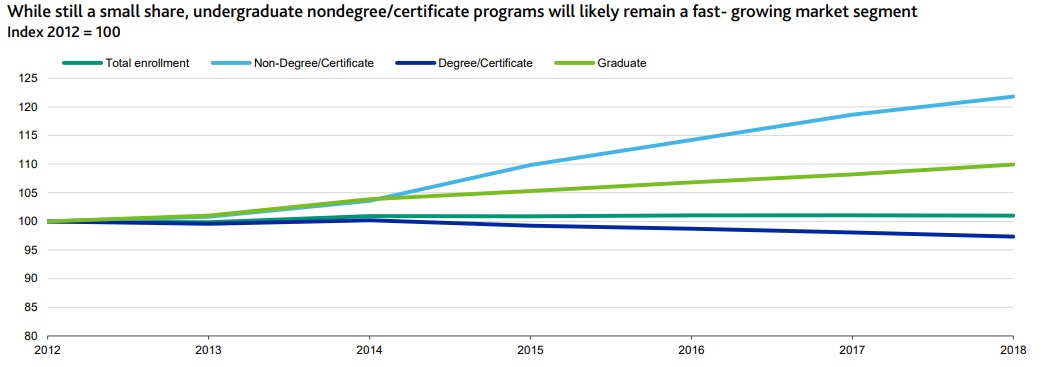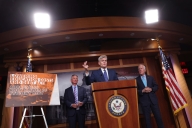You have /5 articles left.
Sign up for a free account or log in.
The recent spate of athletic conference decisions to postpone fall sports means substantial revenue shocks for college athletic departments, and cutting expenses will not always be enough to absorb the blow, according to a new report from Moody’s Investors Service.
Because sports are strategically important for universities, Moody’s expects universities to provide “extraordinary support” like internal loans in order to stay current on debt payments for athletic facilities. Colleges and universities may tap their financial reserves to close budget gaps tied to the pandemic, the ratings agency said in a report released Thursday morning.
“Athletic expenses have grown significantly in recent years, including certain fixed costs such as debt service, which will impact universities' ability to adjust to the disruption,” said Dennis Gephardt, vice president at Moody’s, in a statement. “Budget difficulties at athletic departments will add to the financial strains facing universities, including a tuition revenue pinch, reduced state funding, and incremental expenses to combat the coronavirus.”
Fall sports cancellations reached a crescendo this week when two of the most important conferences for college football, the Big Ten and the Pac-12, joined many non-Power Five conferences and programs in pulling the plug on fall sports amid COVID-19 concerns. Although the Although the Atlantic Coast Conference, Southeastern Conference and Big 12 were still hoping to play football, the ramifications of existing cancellations will be felt across higher education.
Football has been the biggest driver of athletic revenue in the sector. Football contributed $5.8 billion in 2018, a whopping 40 percent of the $14.6 billion in total athletic revenue counted by Moody’s. Growth in revenue has been driven by media rights like the payments television networks make for the right to broadcast games.
Disappearing ticket sales will also hit revenue. Although some donor support might be expected to offset losses, a significant portion of donor support comes from seating priority programs -- donors buying the right to pick seats under certain conditions.
This situation is particularly important because the median athletic department broke even in 2018, meaning a significant number of departments lost money.
Moody’s called that year a relatively strong revenue year. Still, more than a third of Division I public universities, 37 percent, reported expenses exceeded revenue that year. The median operating deficit among that group was 3 percent.
Conferences that generate more athletic revenue generally reported better operating performance than others. The financial health of operations varies greatly across athletic conferences.
“Compensation for coaches as well as other athletic support and administrative expenses among NCAA Division I members make up the largest portion of the expense base for a combined 35% and will be a focus for expense management efforts in fiscal 2021,” Moody’s said in its note. “With games canceled, universities will save some money on game day operations and travel expenses.”
Athletics requires more capital than other arms of higher education. Median debt to operating revenue was 58 percent for public higher education overall, compared to 66 percent for institutions competing in the NCAA Division I Football Bowl Subdivision. Facility expenses and debt service at Division I public universities drove increases in debt between 2013 and 2018, with debt growing 54 percent in that period to a total of $2.3 billion.
“Given the revenue shocks, many athletic departments will not be able to cover debt service with net revenue from recurring operations, prompting the need to fill the gap from appropriate auxiliary and/or other reserves. In many cases, this is likely to take the form of internal loans that the athletic departments will need to repay the university over time,” the Moody’s report said.
All of this follows the cancellation of the NCAA basketball tournaments in the spring. Men’s basketball accounted for about 15 percent of 2018 athletic revenue across higher education. Women’s basketball was 7 percent.
Still to be determined is how the spread of COVID-19 affects sports scheduled for later in the year and how universities balance pressures on athletics against pressures to other parts of their operations.
“Budget difficulties at athletic departments will add to the financial strains facing universities, including a tuition revenue pinch, reduced state funding and incremental expenses to combat the coronavirus,” the Moody’s report said.





